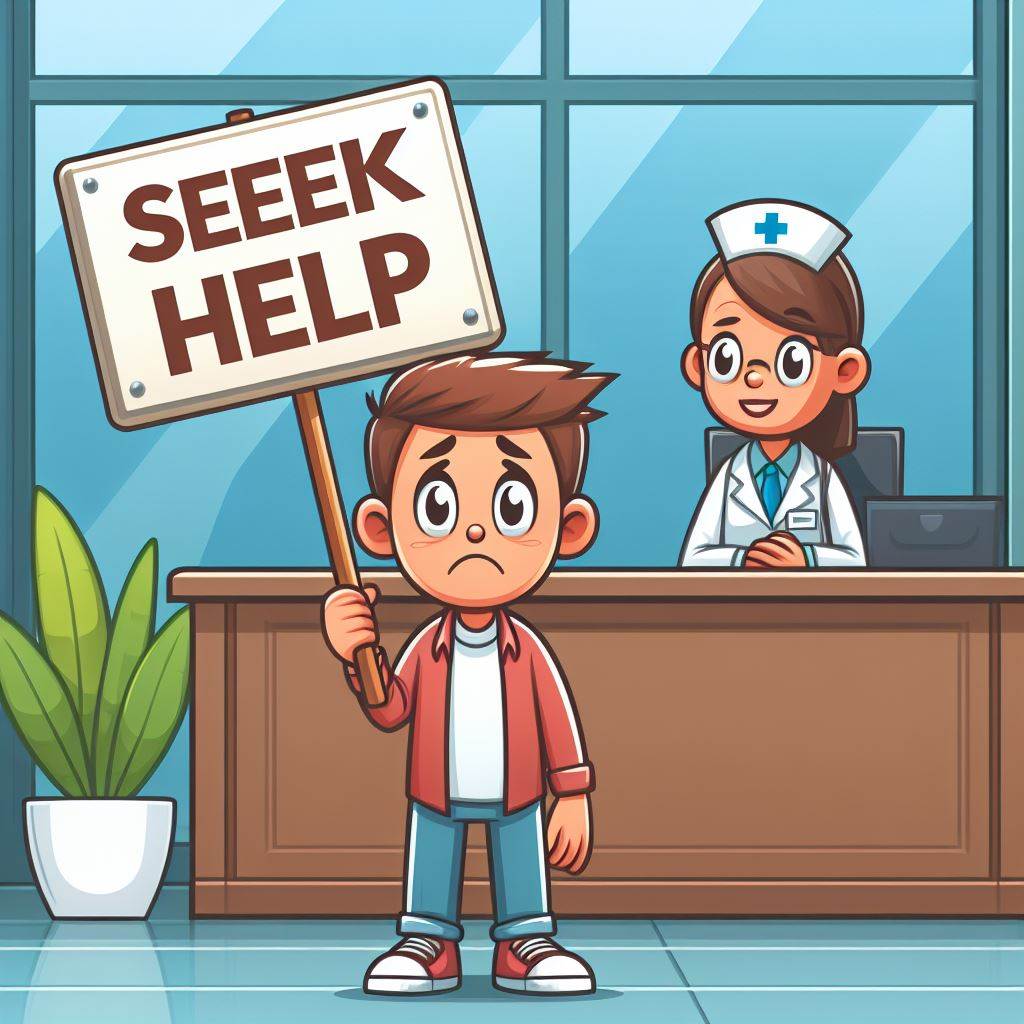Compared to many ways of keeping fit, yoga is relatively safe. But it is not entirely without risk. One American study shows that there were about 2,000 yoga-related injuries seen in hospital US emergency departments every year from 2001 to 2014’. Read more here. If you are one of the unlucky ones with an injury, you may be wondering what you can do to recover. See a doctor? See a physio? See a sports masseur? Or simply rest? Here’s a few tips to help guide you back to health.
1) AVOID INJURY
First of all, the best way to manage an injury is to avoid getting it in the first place. And the best way to do that in yoga is to listen to your body. Be fully aware of what you are feeling during your practice and remember that yoga should never be painful. And I mean never…
Many poses involve stretching, after all one of the great physical benefits of asāna is increased flexibility. But any feeling of stretch should be comfortable and remain constant or ease off as you hold the pose. Any stretch that is increasing intensity as you hold it is a dangerous one; by that I mean one that risks causing an injury. Read more here.
A sensation of pinching in a joint could be telling you that there is too much compression in the tissues. Compression is as dangerous to tissue health as over-stretching and can cause injury too. Mindful practice takes into account how you are feeling throughout every pose and transition. Truly listen to your body.
2) HEAL THYSELF
There is so much you can do to help your body heal. It is tempting to simply rest after an injury but this is shortsighted. The body heals with scar tissue and rest usually produces poor quality scar tissue, leaving you prone to overload in the future. It is likely that your injury will be back as soon as you go back to your normal activities, leaving you back to square one.
Scar tissue is wonderful stuff but it needs just the right amount of stress as it is healing to become strong and fit for purpose. Here is how you can help your body create strong, healthy scar tissue. The principles are the same for a mild niggle as for a more serious problem.
- Avoid painful activities – where possible, do what doesn’t hurt. For example, continue your yoga practice but only do poses that are comfortable and use modifications that help you achieve this.
- Movement is good – keep moving as much as you can. Move the body part in all directions but only as far as you can without causing pain. This helps the body to make good quality scar tissue that is strong, mobile and long enough for what it needs to do in the future.
- No stretching – it is so tempting to stretch an injury but if you do you will be causing more damage and slowing down the healing process. Keeping the limb moving within a pain-free range makes sure there is enough tension in the healing tissue to get a good repair without pulling too hard and causing more damage.
- Gradual return to fitness – as you start to feel better you can gradually work the injured part a bit harder or take it a bit deeper into poses. Still use pain as your guide to when you are going too far. If it starts to hurt again – ease back and slow down your progression. Give yourself plenty of time to slowly increase your activity level over week or two for all injuries. It is better to be patient and regain full fitness slowly than rush things and end up with an injury that won’t go away.
If you follow these basic rules, most soft tissue injuries will resolve within a few days. As a rough guide, if your injury is not at least 50 – 80% better after a couple of weeks of doing all the right things, then you would benefit from seeking treatment for it. As a rule of thumb – the sooner you receive treatment, the quicker you will recover. But which Healthcare Professional should you see?
3) SEEK HELP

There is a whole array of healthcare professionals out there who may help. There is no right or wrong – sometimes your choice will be limited by who is available in your area or whether you can afford to pay them for treatment. Recommendations from friends and family can be very useful too – news of very good (and bad) clinicians tends to travel fast.
- Accident and Emergency – most injuries do not need to go to A & E.
- GP – your doctor can check that your injury is notserious and prescribe painkillers or anti-inflammatory drugs to help with pain and swelling. Some doctors may be able to advise on exercises and activities to help your recovery. Your GP can refer you for physiotherapy, X-Rays or to a consultant if they think it is necessary.
- Physiotherapist – physiotherapists are specialists in managing injuries and providing rehabilitation as recovery progresses. They use a range of manual treatments, prescribe progressive exercises and will advise you on when and how to return to full fitness. In the UK, your GP can refer you an NHS Physiotherapy Department or you can go directly to a Private Physiotherapist without being referred by your doctor. A physiotherapist is able to make a diagnosis, provide treatment and supervise your rehabilitation – a one stop shop really. I’m a physio myself so I guess I am a bit biased on how good we are …
- Osteopaths and Chiropractors – like physiotherapists, these clinicians have a range of skills which may include those suitable for managing your injury. Most work privately and you don’t need to see your doctor to be referred.
- Masseurs and masseuses – there is a wide range of massage styles; sports and deep tissue massage; reflexology and aromatherapy. I would advise steering clear of the more brutal styles of massage when an injury is fresh as it could cause more bleeding in soft tissues. But any gentle massage that may help drainage of swelling and generally boost the body’s ability to repair has the potential to speed recovery.
As a physiotherapist, I see so many people who struggle with injuries only to develop deep seated problems as the body compensates more and more. Usually the right management in the first few days will prevent months and years of discomfort and pain.
Injury first aid is actually really simple – keep doing what doesn’t hurt and gradually get back to normal as the pain decreases. And if it isn’t getting better don’t wait too long before getting help.













